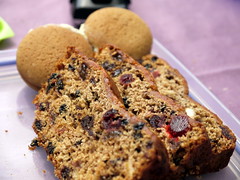Art and technology have never been more intertwined than they are now. Digital technology may be the tool, but the act of creation springs from the mind and heart of the artist. Let's look at how digital images are created and processed.
Image Input
If printing is close to the last step in the making of digital art, then one of the first steps is inputting or acquiring the image or the image elements. Most photographers and artists work with source material. Photographs, sketches, scans-these are the raw materials that, when combined with a creative vision, end up as an image worth printing.
It's like making a fire. Before the flames can blaze, you've got to go out and gather the wood. And if you've spent much time camping, you know that the drier and higher quality the wood, the bigger and better the fire. As with many things digital, the boundary lines between categories are not hard and fast. For example, digital cameras do the same basic thing that scanners do. But because the digital world has decided that a camera is one thing, and a scanner is another, I'll break image input down similarly.
Scanning
Scanning means sampling a reflective or transparent object (usually flat) point by point and turning that information into a usable digital file that can be processed in the computer and, for our purposes, ultimately printed. Scanning is done by scanners, and here's how they work. Light generated in the scanner itself is either reflected off or transmitted through a piece of art or film via a mirror and lens system and onto a grouping of light sensors, which are actually tiny CCD (charge-coupled devices) or in some cases CMOS (complementary metal oxide semi-conductors) or CIS (contact image sensors). The thousands of individual sensor elements, one per image pixel, are either arranged in single or triple rows, called, respectively, linear or tri-linear arrays.
The scanner's image is then formed (in the case of CCD) like this: As the scan progresses line by line down the original object, the light that is reflected or transmitted strikes each sensor, which transfers that information in the form of increasing voltage to something called an A/D (short for analog/digital) converter. The A/D converter then transforms the voltage into the binary values (our favorite ones and zeroes) that are sent to the computer. Once inside the computer, the scan is now a digital file that can be viewed, manipulated, and printed.









No comments:
Post a Comment